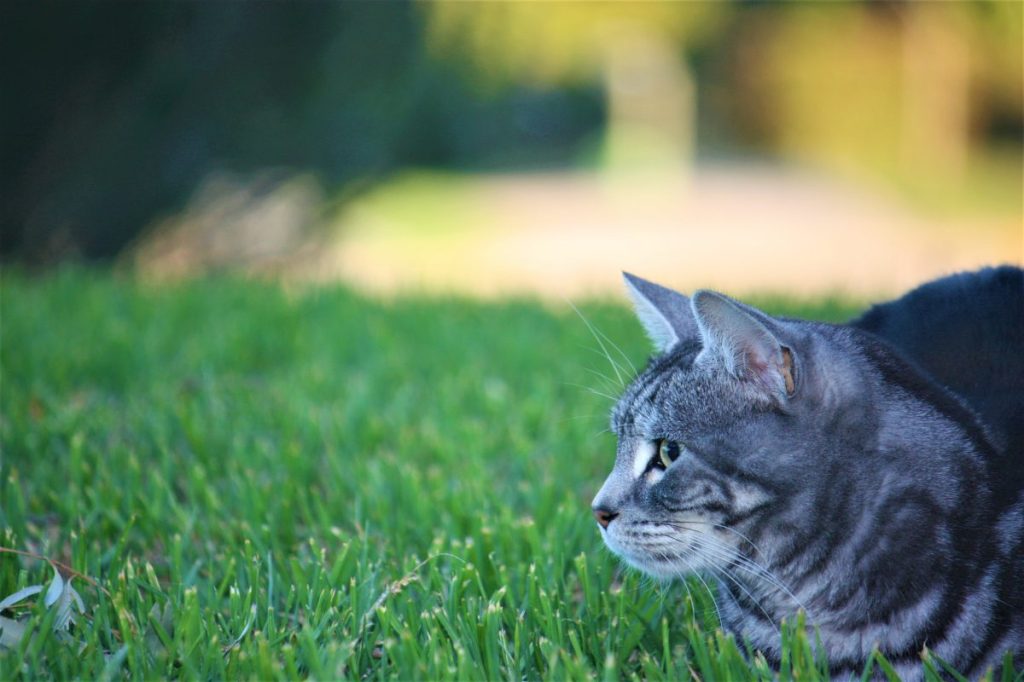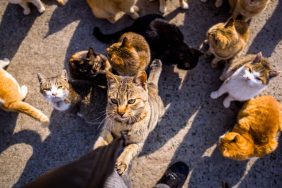In recent years, Australia has been facing a major ecological crisis. The country’s cat population, both feral and pet, poses a serious threat to its native animals. According to The Guardian, cats are responsible for killing more than 300 million animals each year.
While cats kept indoors can cause no harm to wildlife, when…






